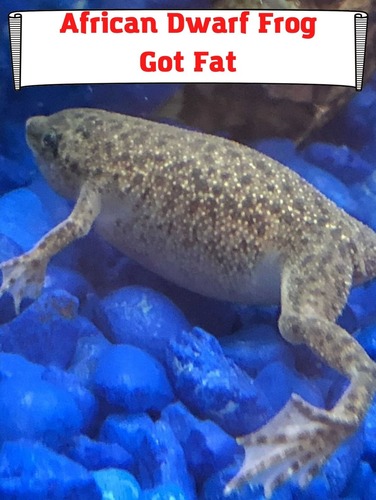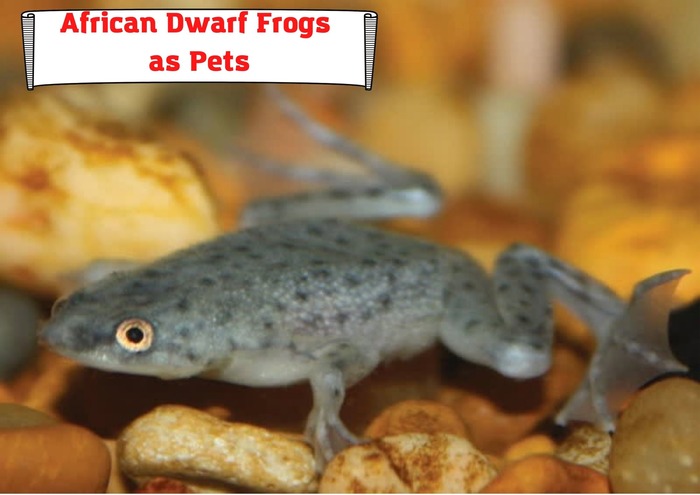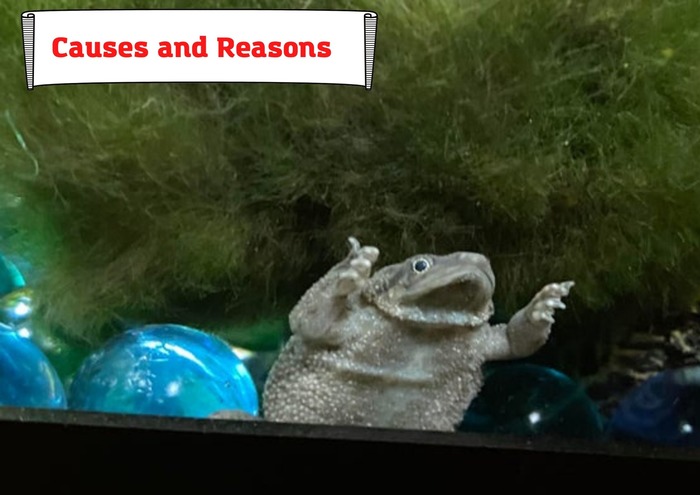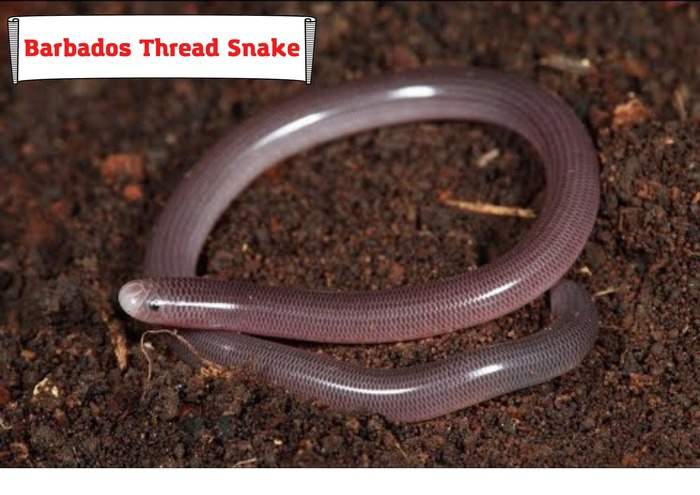
African dwarf frogs are very easy pets to nurture. They don’t have extensive care routines or high demands. Although these frogs live in water, they are not fish and are actual amphibians. They might not be needy, but you need to look after them with care, or they can suffer from various health issues.
African Dwarf frogs are very delicate, and their physical conditions might fluctuate occasionally. In one such case, you might notice your frog has become fat or increased in size compared to before. So, what do you do about it? Is it cause for concern or just normal obesity?
We have got you covered in this guide about the potential causes for the increase in the size of your African Dwarf frog and what you can do about it.
African Dwarf Frog Got Fat – Why and what to do about it?
Before we dig into the causes and threats of obesity in dwarf frogs, you need to understand these pets thoroughly since they are different from the usual house pet.
What Are African Dwarf Frogs?
The African dwarf frog is a natural resident of the river and belongs to Central African areas. They live mostly in water for their whole lives. Their skin color can vary between olive green to light brown and brownish-green as well. African dwarf frogs need to be kept with calm fish and not the aggressive ones, or else they won’t be able to live up against them.
These frogs are also called dwarf clawed frogs owing to their tiny claws. Their name is given to them based on their place of origin and their front leg claws.
Although African Dwarf Frogs live underwater, they come above the water in between to breathe as they have a set of lungs for respiration. Their lifespan is around 15 years in most cases, but they may live longer if looked after well enough. These frogs are scavengers and will feed on any living, dead, or decaying.
Their habitat in the wild consists of rivers, ponds, and flooded parts of forested areas depending on the season. Adult female frogs are bigger than male frogs.
African Dwarf Frogs as Pets

You will find them as pets in many homes. They are quite sought after for pet-keeping as they are generally low-maintenance, unlike other frogs or amphibians. These frogs are highly active creatures, and you will often find them floating in the water rather than staying still.
Fishes, especially the wild ones, tend to eat the eggs of dwarf frogs. And so, to feel safe from the predators, these frogs remain immersed in water. If they don’t feel threatened by predators, you may find them asleep for long hours.
Due to their highly social nature, it is recommended that you keep them with other frogs or in pairs if you want them as pets. As they need to come above the water to breathe, you should keep them in a tank or aquarium that is not too deep, or they won’t be able to swim to the surface because they don’t swim well. Ensure that the water is calm as well.
For food, you can give them any smaller fish or consult with a vet before giving any commercial feed. There is a certain temperature and pH of water that needs to be maintained. Make sure to check proper sources for that.
Handle these fragile pets with care, especially if you are getting them for kids. If you have to, you can hold them out of water for not more than 10 minutes. However, it is recommended that you keep them inside water and not take them out.
Why has Your Frog Got Fat – Causes and Reasons

There can be a few potential reasons for the African Dwarf frog becoming fat. Each cause may bring with it a different set of symptoms for you to identify correctly. If you are unsure in any case, take the frog to a vet immediately, as excess fat can damage the organs of these delicate pets in a few days. And the dwarf frog may even die.
Note some points about how and when your frog got so big. There could be different reasons for it if it suddenly became fat or if it happened gradually.
Most African Dwarf frogs are tiny in their natural size, and they grow big gradually as they grow older. Also, be sure that the bigger size you are worried about is not because the frog is transitioning from a baby to an adult. As they move towards maturity, these frogs will shed skin and grow in size. Females tend to be bigger than males at maturity. So, make sure you are not confusing the natural growth of frogs with an abnormal increase in size.
Other than that, here is why your frog might be fat or swollen.
The Frog Is Pregnant
If the African Dwarf frog is a female, that is the first thing you should look into. Pregnancy can make the female frog increase in size fast, and this is not a gradual process. The species of frogs are highly sexual, and if you suspect that they have gotten fat within a few days, their gender is the first thing you should check.
Even in the case it is a female, you can’t be sure it is pregnant. There might be other causes behind it.
The Frog Is Overfed and Obese
Sometimes pet owners may overfeed their frogs. They might not know the complete conditions and feeding capacity of the African Dwarf frog and so could give the pet more food than required. As the frog grows due to overfeeding, it keeps demanding more food, and this leads to obesity which is dangerous for the organs. It is a vicious cycle.
The Frog Might Have Swallowed Something Large
Frogs can open their mouths quite widely so they can eat whatever fits in their mouth. This is the reason it is not recommended to put big stones and gravel in their tank. If you did put some big decorative pieces, your frog could have swallowed that and gotten big overnight as a result. This is a fatal situation that could kill the animal in a few days and even in a few hours.
The Frog Has Bloating or Dropsy Disease
Bloating or dropsy disease is life-threatening for frogs. In this disease, the frog can grow fast overnight and grow extremely big because water or fluid has filled the vital organs. If the frog is bloated, it will die soon after and needs immediate medical attention. To know if it is suffering from this disease, check to see if the legs and head are swollen too. If they are, it is probably bloating.
What Can You Do If Your Frog Is Fat?
Consulting and getting the pet treated by a vet should be the first step in all cases. But you might want to be sure what it is before you start panicking. Here is how to go about treating the frog for the increase in size due to different reasons.
Obesity
If your frog is behaving normally and is active as usual, but there is an increase in size overall, this is probably obesity due to overfeeding—no need to panic in this case. Just lower the food intake slightly, and the frog will go back to normal in a few days or weeks.
Pregnancy
To know if the frog is a male or female, look at its tail buds. If the tailbud is thick and large, it is a female. Males, on the other hand, have practically no tail bud. In the case of pregnancy, only the stomach will be abnormally fat. Take a look at the abdomen and work back to see if the female frog was exposed to any male frog in recent times. The pregnant frog might lose her appetite a bit, but she will still eat.
The belly of the frog needs to be lumpy and round when she is pregnant. Consult a vet for confirmation.
Bloating or Dropsy disease
If the frog is bloated, it must have around and smooth belly like a balloon. Also, if the head, arms, and legs are swollen too, it is a cause of bloating. Bloated frogs may not live long and they need immediate medical attention.
There are some remedies you can do at home if there is no medical help available at once. But home remedies are not the way to go.
Conclusion
Don’t panic if you see a swollen frog the first thing in the morning. It could be a non-threatening issue. These species of frogs have long lives if looked after well enough. Don’t forget medical help is the best solution to your pet’s ailments.
Hope you found this helpful. Comment if you have some tips for handling this situation.
- Can Dart Frogs Swim? Some Facts about Dart Frog in the Water - February 24, 2022
- Is Superglue Safe For Reptiles? Good Brands and Types of Glue - February 21, 2022
- Can You Put A Heat Lamp On Glass? Some Concerns and Recommendations - February 19, 2022



